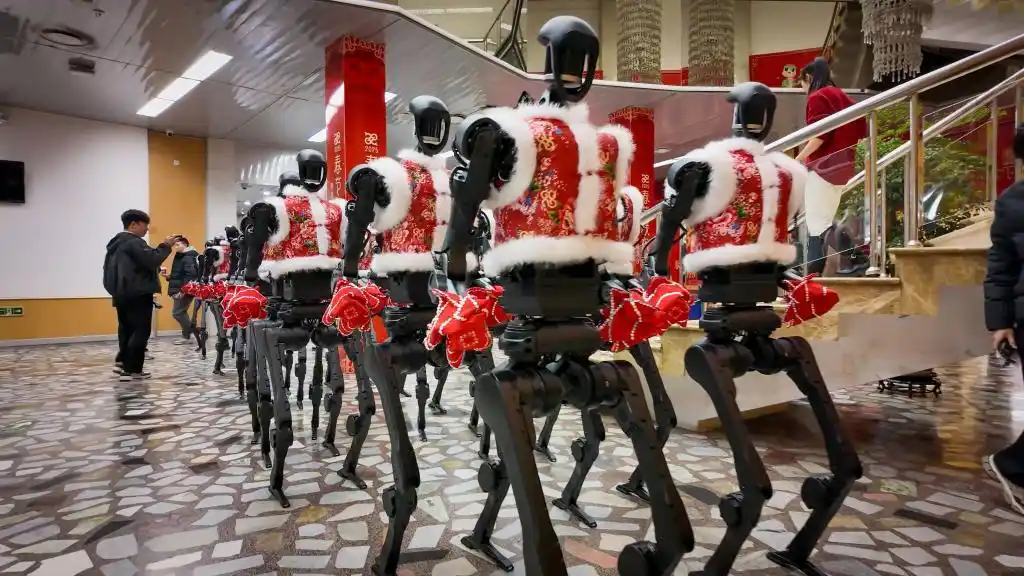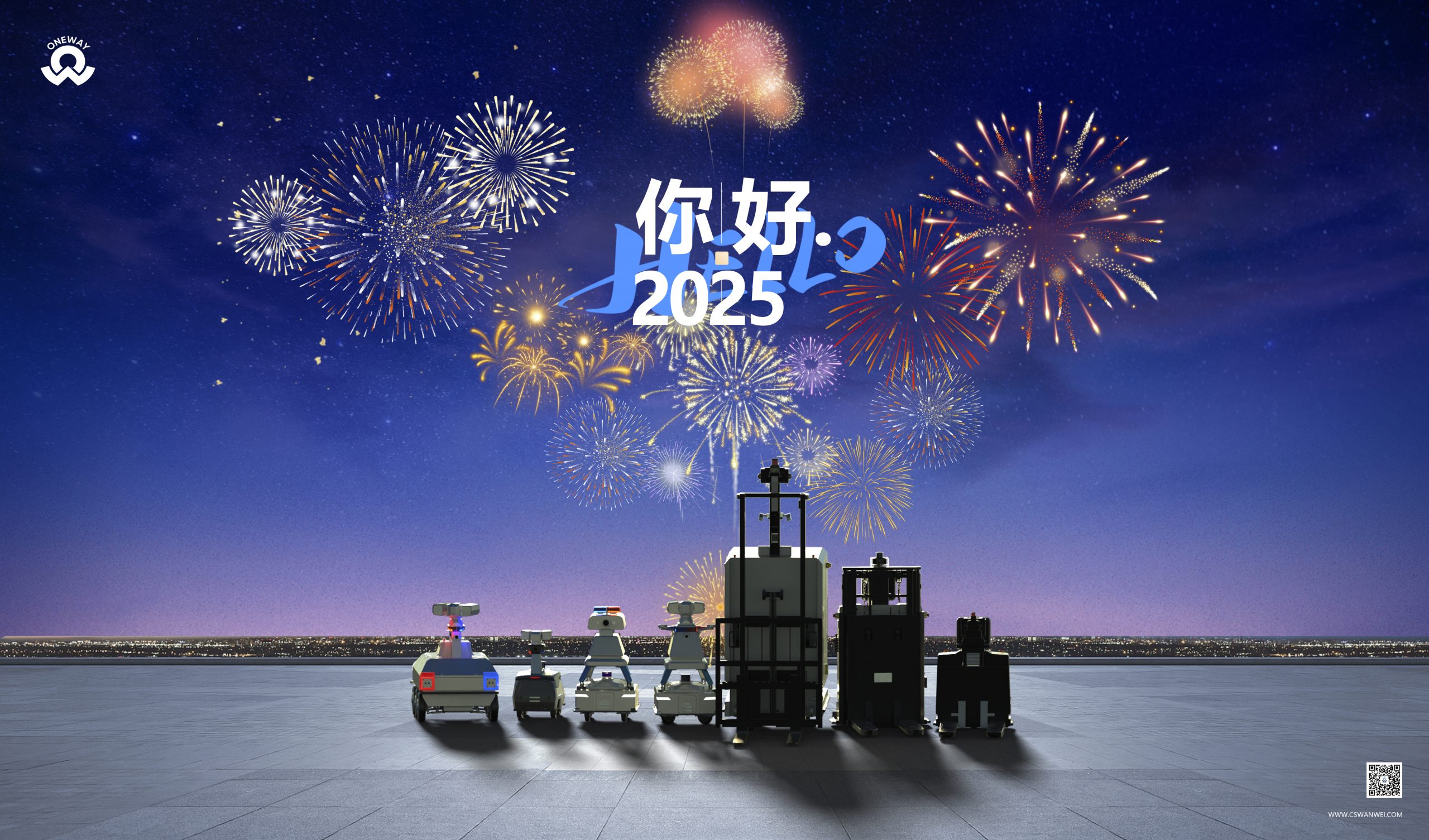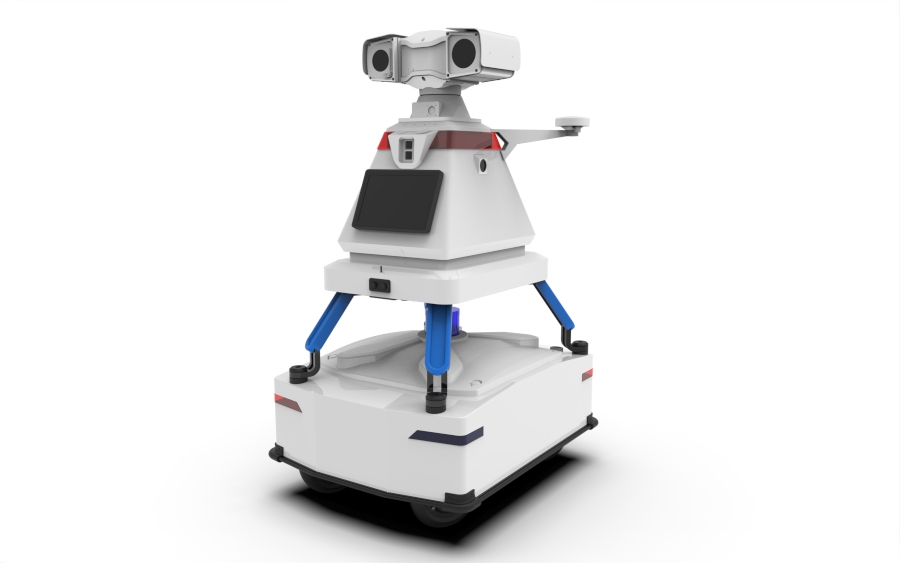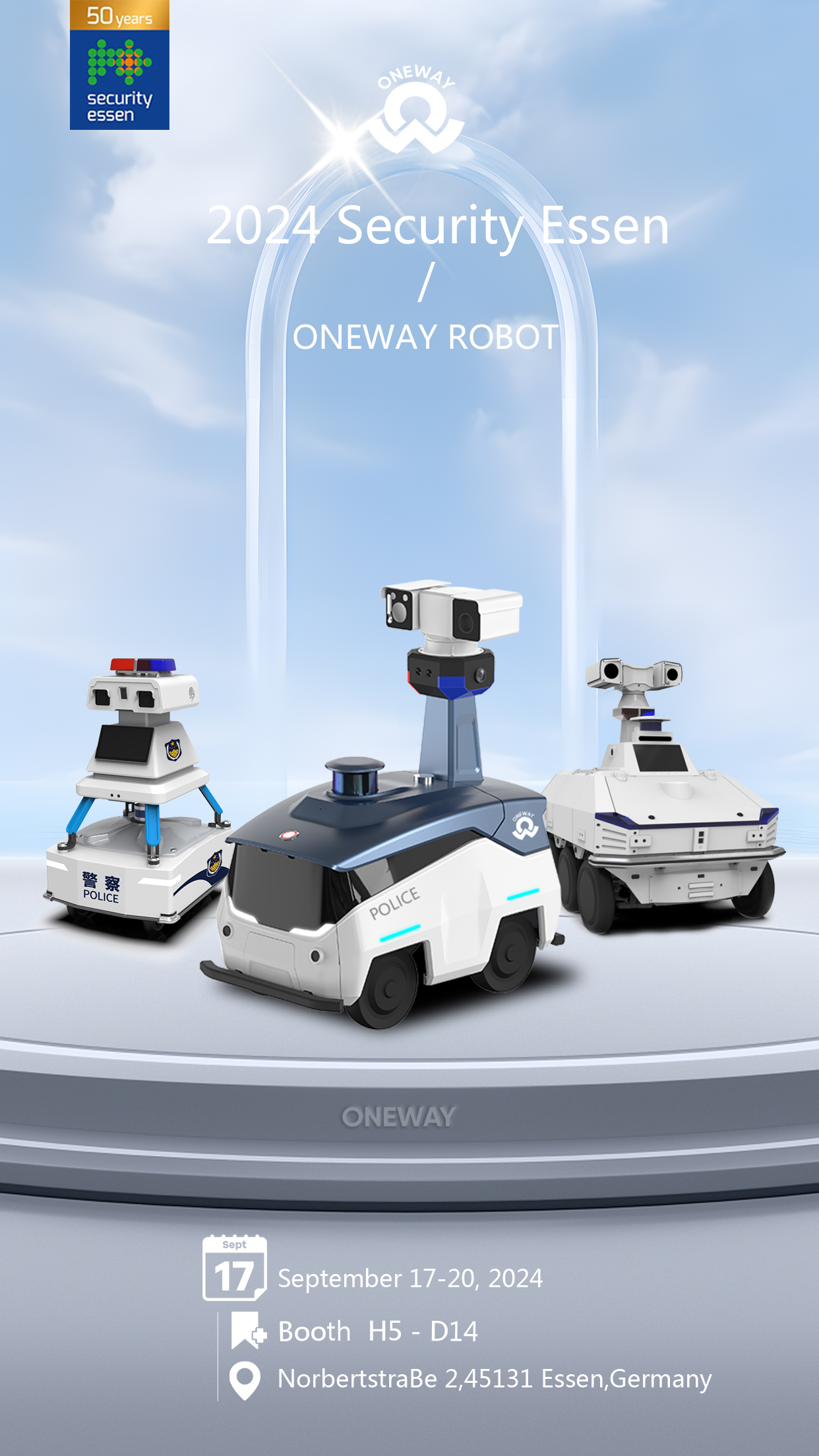1. Security Robots Have Multi-Functional Integration Capabilities Security robots integrate multiple systems such as video, audio, gas detection, and one-click alarm. They conduct multi-dimensional and three-dimensional monitoring of the on-site environment from the perspectives of bionic vision, hearing, smell, and touch. As an emerging product, security robots combine many technologies from the traditional security industry. They can assist people in important surveillance and security tasks and also collect data to form a complete monitoring system, giving them a definite advantage in terms of safety.
2. Security Robots Maximize Social Benefits In 2015, the State Council’s “Government Work Report” proposed promoting mass entrepreneurship and innovation. This proposal, which has distinct characteristics of the times and strong practical significance, aligns with the development trends and public opinion. It is a new engine for stabilizing and improving the quality and efficiency of China’s economy, a new beacon for reform and opening up in the new era, and a key to building a moderately prosperous society and achieving modernization. “Security + Robots” not only caters to the country’s innovation initiatives but also represents a new attempt in the security industry.
3. The Application of Security Robots Can Significantly Reduce Accident Rates For example, in environments that humans cannot easily enter or that are relatively dangerous, security robots can replace humans to perform tasks such as bomb disposal. Compared to manual operations, security robots have advantages in both practical operations and psychological aspects, thereby reducing accident rates.
4. Replacing Simple, Repetitive Labor with Robots Will Become an Important Trend With the acceleration of global industrialization, China has become a crucial global industrial processing and manufacturing base within a few decades, earning the reputation of the “world’s factory.” However, as global competition intensifies, China’s competitive advantages are gradually diminishing. The supply of labor is shifting from surplus to shortage, with rapid wage increases for general workers, and frequent labor shortages in coastal cities. On the other hand, the productivity of robots far exceeds that of ordinary laborers. The increase in robots will inevitably take on more work, leading to some workers being laid off. Intelligent security robots, meeting the needs of the times, will become an important trend in addressing safety prevention and accidents.







